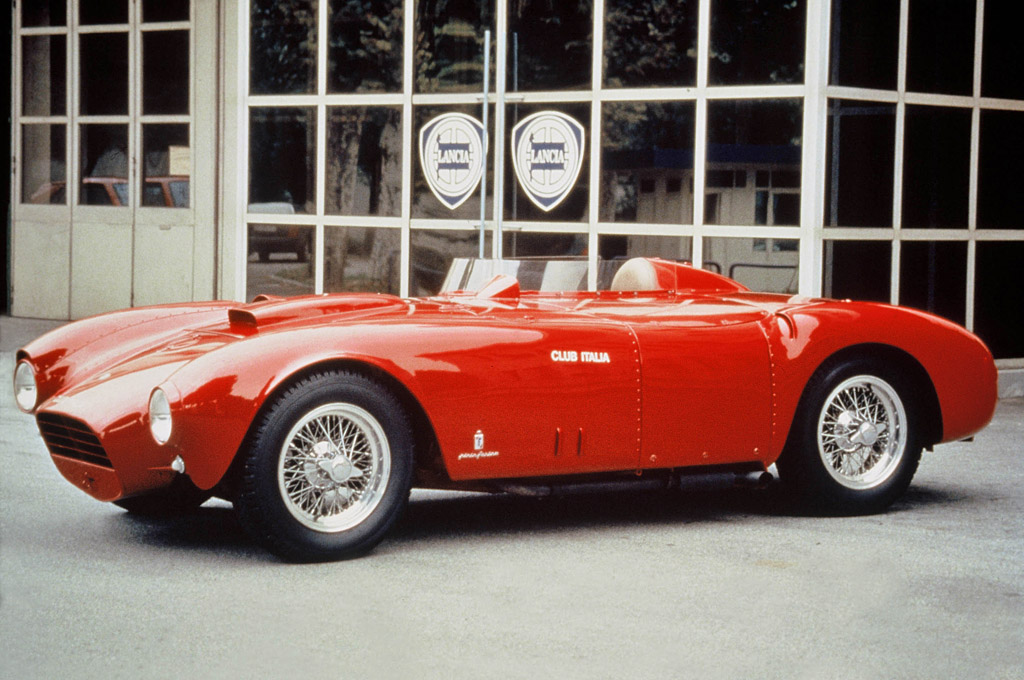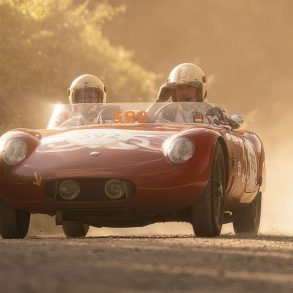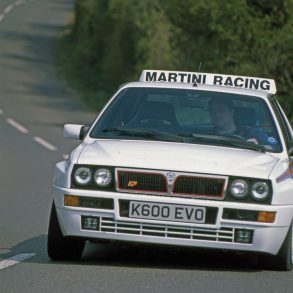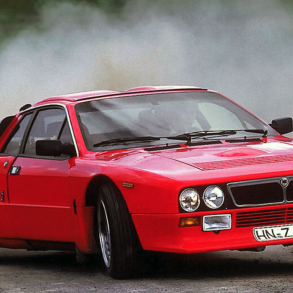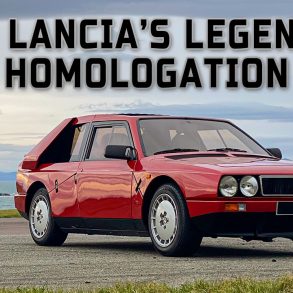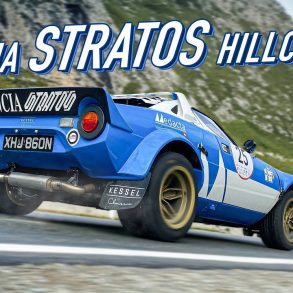Lancia D24 – Car Profiles
In 1937 Vincenzo Lancia passed away leaving his widow and teenage son Gianni Lancia to run the firm. The Second World War intervened with the ambitious young Lancia’s plans, but as soon as the hostilities ceased the work continued to greatly expand Lancia and to build a racing department that would rival Ferrari. He had hired legendary designer Vittorio Jano firstly to design a new saloon, but also to set up this racing program.
The first sign of the new direction was the Aurelia launched in 1950, which featured independent suspension all-round and a very compact V6 engine. Lancia’s trademark was the small angle V-engine that had been in use since the late teens, and the Italian company was also the first to produce a car with a unitary construction where the body and frame form one structural member.
Exactly where Vincenzo Lancia got the idea of a unit body-chassis is unknown. The only tale commonly repeated is that it glimmered aboard ship on the Atlantic, possibly from the way a ship’s hull holds its structure together — which is probably about as true as the one about Isaac Newton and the apple.
A year later the competition version of the Aurelia debuted complete with a powerful 2.5 litre version of the engine. The Aurelia B20 GT was the very first Lancia racing car in the 45 year history of the company, a remarkable fact considering the elder Lancia’s early racing endeavors with Fiat.
The car proved to be immediately successful with class wins in many major rallies and also at Le Mans. Inspired by the success of the Aurelia, work was started on a completely new racing car that could challenge for overall wins. For this project Jano’s vast experience at Alfa Romeo and Fiat proved to be vital as he designed a state of the art competition special. Dubbed the D20, the new racing cars were ready for the 1953 Mille Miglia. Securing a third place position against strong competition from Ferrari and Alfa Romeo only served to wet the appetite of Gianni Lancia. The D20 was replaced by the D23 now sporting open bodies also by Pinin Farina.

Gianni Lancia’s ambitions brought him the much desired victories, but the spiraling costs also brought his company to the edge of bankruptcy. He and his mother were forced to sell their shares in Lancia and the complete Grand Prix program including Vittorio Jano was “sold” to Ferrari.











